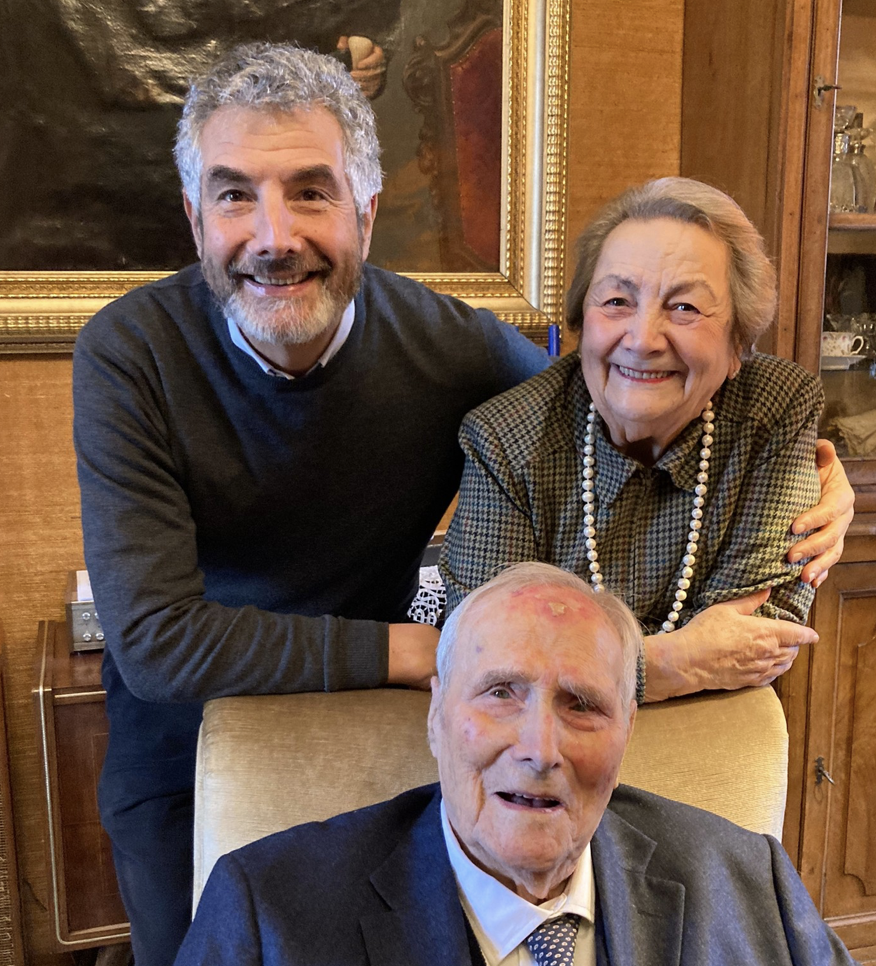CASALE MONFERRATO – Farewell to Giorgio Salvatore Ottolenghi

Giorgio Salvatore Ottolenghi, president emeritus of the Jewish Community of Casale Monferrato, in the Piedmont region, has passed away at the age of 101. He led the small community for an uninterrupted 62 years, from 1958 to 2020, playing a pivotal role in its post-war revival. Born on January 18, 1923, into a long-established Casale family, Ottolenghi survived Nazi-Fascist persecution by seeking refuge in Switzerland. Upon returning to Italy, he earned a degree in Chemistry from the University of Genoa and began working in an industry associated with Olivetti.
One of his first and most significant undertakings as president was the restoration of the local baroque synagogue, regarded as one of the most beautiful in Europe. During his long tenure, he also oversaw the public opening of the Museum of Jewish Silverware and the broader Jewish complex on Vicolo Salomone Olper.
“Giorgio Ottolenghi has left us, and though it was expected given his age, we are still struck by the loss because part of us believed it would never happen,” said current president Daria Carmi in a statement. “In nearly 102 years, the world changed dramatically, but he remained a constant.”
Ottolenghi is survived by his wife Adriana, his son Joseph, his younger sister Fulvia, who now resides in Israel, his grandchildren Sara and Michele, and several great-grandchildren. May his memory be a blessing.
In a message to the family, UCEI Vice President Giulio Disegni highlighted Ottolenghi’s “living legacy,” praising his “active, intelligent, and often innovative” contributions to a small but “deeply rooted” community. He noted that despite its size, the community “successfully navigated one of the most challenging centuries in Jewish history with remarkable ease, always committed to passing down essential values—culture, tradition, civil coexistence, tolerance, and freedom.”
One of Ottolenghi’s most enduring achievements was the restoration of the synagogue, which had fallen into disrepair after the war. From that moment on, Disegni explained, “Giorgio tirelessly worked to strengthen his community in every possible way, to showcase this treasure to the world, to bring it to life during major Jewish holidays, and to ensure that its original purpose—for which it was built five centuries ago, the holding of ritual services—was never abandoned. He elevated it as a symbol of culture, dialogue, and understanding.”
